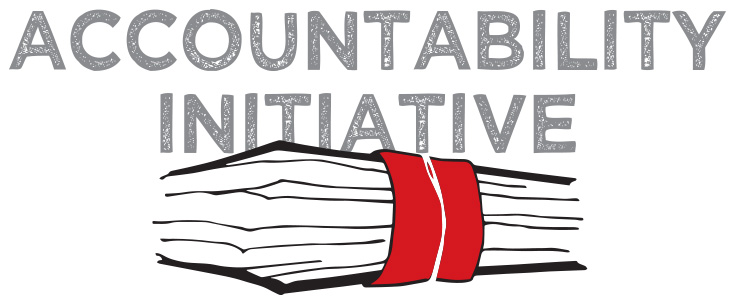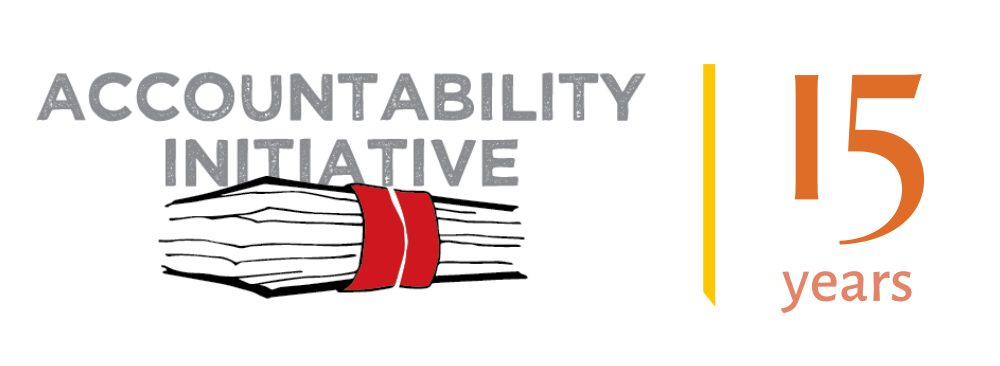
Education Survey Shows RTE Has a Long Way To Go
15 January 2011
 The Annual Survey of Education Report (ASER) 2010 report was launched by Vice President, Hamid Ansari on 14 January 2011 in New Delhi. Conducted every year since 2005, ASER is the largest annual survey of children in rural India. Facilitated by Pratham, ASER is conducted each year by local organizations and concerned citizens. In 2010, ASER reached 522 districts, over 14,000 villages, 3,00,000 households and almost 7,00,000 children. Every year, ASER finds out whether children in rural India go to school, how well they can read in their own language and whether they can do basic arithmetic. ASER 2010 also included a visit to over 13,000 government schools to assess compliance with those norms and standards specified in the Right to Education Act that are easy to measure.
The Annual Survey of Education Report (ASER) 2010 report was launched by Vice President, Hamid Ansari on 14 January 2011 in New Delhi. Conducted every year since 2005, ASER is the largest annual survey of children in rural India. Facilitated by Pratham, ASER is conducted each year by local organizations and concerned citizens. In 2010, ASER reached 522 districts, over 14,000 villages, 3,00,000 households and almost 7,00,000 children. Every year, ASER finds out whether children in rural India go to school, how well they can read in their own language and whether they can do basic arithmetic. ASER 2010 also included a visit to over 13,000 government schools to assess compliance with those norms and standards specified in the Right to Education Act that are easy to measure.
The key findings of this year’s reports are as follows:
- Enrollment: In 2010, ASER found that 96.5% of children in the 6 to 14 age group in rural India are enrolled in school.
- Out of school girls: 5.9% of girls in the 11-14 age group are still out of school. However, this percentage has gone down as compared to 6.8% in 2009.
- Rise in private school enrolment: Enrollment in private schools in rural India increased from 21.8% in 2009 to 24.3% in 2010. This number has risen steadily since 2005 when it was 16.3% nationally.
- Increasing numbers of five year olds enrolled in school: Nationally, the percentage of five year olds enrolled in schools increased from 54.6% in 2009 to 62.8% in 2010.
- Nationally, not much change in reading ability, except in some states: Even after five years in school, close to half of all children are not even at the level expected of them after two years in school.
- Math ability shows a declining trend: On average, there has been a decrease in children’s ability to do simple mathematics. The proportion of Std I children who could recognize numbers from 1-9 declined from 69.3% in 2009 to 65.8% in 2010.
- RTE compliance: ASER 2010 found that over 60% of the 13,000 schools visited satisfied the infrastructure norms specified by the RTE. However, more than half of these schools will need more teachers. A third will need more classrooms. The all India percentage of primary schools (Std 1-4/5) with all teachers present on the day of the visit shows a consistent decrease over three years, falling from 73.7% in 2007 to 69.2% in 2009 and 63.4% in 2010.
For rural India as a whole, children’s attendance shows no change over the period 2007- 2010. Attendance remained at around 73% during this period. But there is considerable variation across states.
For more information about the ASER Report 2010 click on the attachments below.





